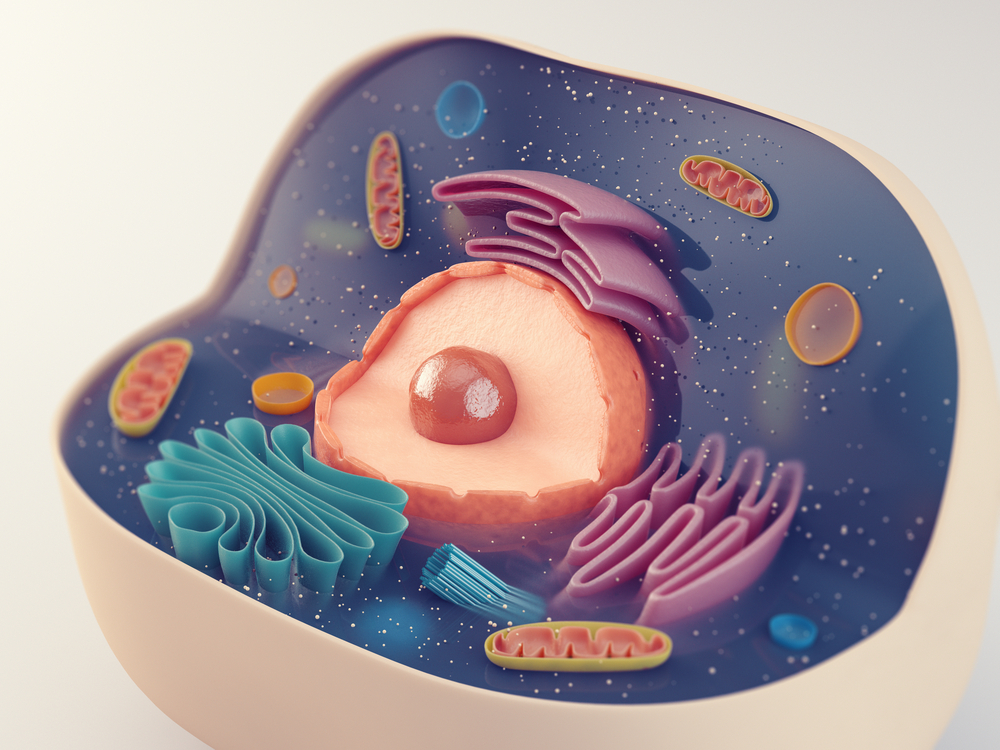Advanced Imaging Technique Reveals How Mitochondria Incorporate Proteins

Researchers at the University of Exeter in England used an advanced imaging technique — electron cryo‐tomography — to show for the first time how proteins are targeted and get incorporated into mitochondria. The results provide unique detail into this process, which may prove useful for future studies aimed at understanding what underlies mitochondrial dysfunction.
The study “Visualization of cytosolic ribosomes on the surface of mitochondria by electron cryo‐tomography” was published in the journal EMBO reports.
Mitochondria are known as the powerhouses within our cells, since they’re responsible for generating the energy our cells need to work properly. These small organelles have their own DNA, the so-called mitochondrial DNA, but most of the proteins that constitute mitochondria are encoded in the nuclear genome.
Using the cutting-edge electron cryo‐tomography imaging technique, researchers were able to capture in detail how those proteins are incorporated into mitochondria.
They found that some of the small factories where our proteins are formed, called ribosomes, are attached to the surface of mitochondria. Moreover, they found that these ribosomes interact with the translocase of the outer membrane (TOM) complex, a step that allows newly formed proteins to be imported into the mitochondria.
These results allow researchers to understand further how mitochondria work — knowledge that may prove important to understand conditions where the function of these organelles goes awry.
“Proteins are responsible for nearly all cellular processes,” Dr. Vicki Gold, at Exeter’s Living Systems Institute said in a press release. “The cell has to make a huge variety of proteins and target them to the precise location where they are needed to function. In the case of mitochondria, proteins have to cross the boundary of two membranes to get inside them. We looked for — and were able to image at unprecedented detail — ribosomes attached to mitochondria.”
These findings were made using healthy cells, but now Dr. Gold wants to apply electron cryo‐tomography to study mitochondria in diseased cells.
“Mitochondria are the energy factories of the cell, so when they don’t function properly it can lead to a huge range of health problems. In many cases these are age-related disorders like Parkinson’s disease. Our findings may help us understand these conditions better, which is an important step towards better treatments,” Dr. Gold said.






